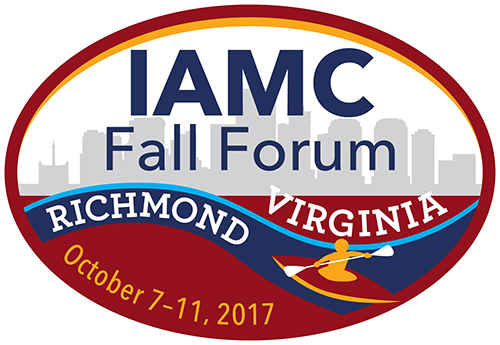
In the July edition, we described how IAMC can help you build your professional network. In this issue, we’ll survey the corporate real estate (CRE) research the organization is conducting and publishing for your benefit.
The currently in-process DesignFlex2030 project is the largest research endeavor IAMC has undertaken. It’s a multi-part joint venture of IAMC and the Society of Industrial and Office Realtors (SIOR) that envisions up to five white papers focused on increasing CRE facility flexibility.
DesignFlex2030 began in 2013 with “Designing Flexibility into the Industrial Workplace,” which examined the existing industrial facility portfolios of IAMC members to determine how flexible for subsequent re-use the typical facilities were. The study found that industrial buildings were usually designed for a single use with little or no thought given to the next use. As a result, re-use requires expensive and time-consuming modifications. Sometimes, the most effective re-use strategy is demolition and new construction, which means that in addition to the wasted time and money, local jobs take a hit until the work can be completed.
In 2015, the DesignFlex2030 research team completed the project’s second report, entitled “Recipe for Change, The Flexible Food Processing Plant of The Future.” This started with a current-technology meat-packing plant and designed a functional prototype that could be feasibly refitted for cereal production and then as a warehouse or call center. This can all be done with current technology.
In 2016, the DesignFlex2030 team completed research and published the white paper “Rx for Change — The Flexible Biopharma Facility of the Future.” This delved into the highly technical and fast-changing world of new medicines, which are often pre-manufactured, then shipped near the point of sales where they are tailored to the needs of each individual patient. The manufacturing process can be relatively small, located in population centers, and is relatively portable. The production works can be located in warehouses, strip shopping centers and the like. As these production facilities get smaller and require fewer unique facility features, the issue of flexibility and re-use becomes less important.
This year, the DesignFlex2030 research team is working on the next step in the project, which deals with designing a highly flexible prototype distribution facility. This project segment could be the most out-there and futuristic of all because new technologies and sweeping market changes will radically reorganize the looks of inbound and outbound logistics, including the supporting facilities. This DesignFlex2030 study could have far-reaching implications for the job descriptions of the many IAMC Corporate Active members who support their companies’ supply chain and logistics operations. Stay tuned for this white paper’s publication in December.
In terms of current CRE applications, the most recent white paper, “A New Age of Reporting: Preparing to Comply with new FASB/IASB Lease Accounting Standards,” likely contains the most immediately relevant and applicable material. This report summarizes the implications of the recent FASB/IASB lease accounting standard changes and provides a flow chart as a general guide for CRE departments. If you haven’t already, I recommend you download this report today and review it with your team.
My guess is some members are not aware of IAMC’s research. I urge you to check it out. To access the published offerings, go to www.iamc.org and click on the “resources” tab. Check back every so often because there’s more in the pipeline.
Best regards,
Russell Burton
Chair, IAMC Board of Directors
